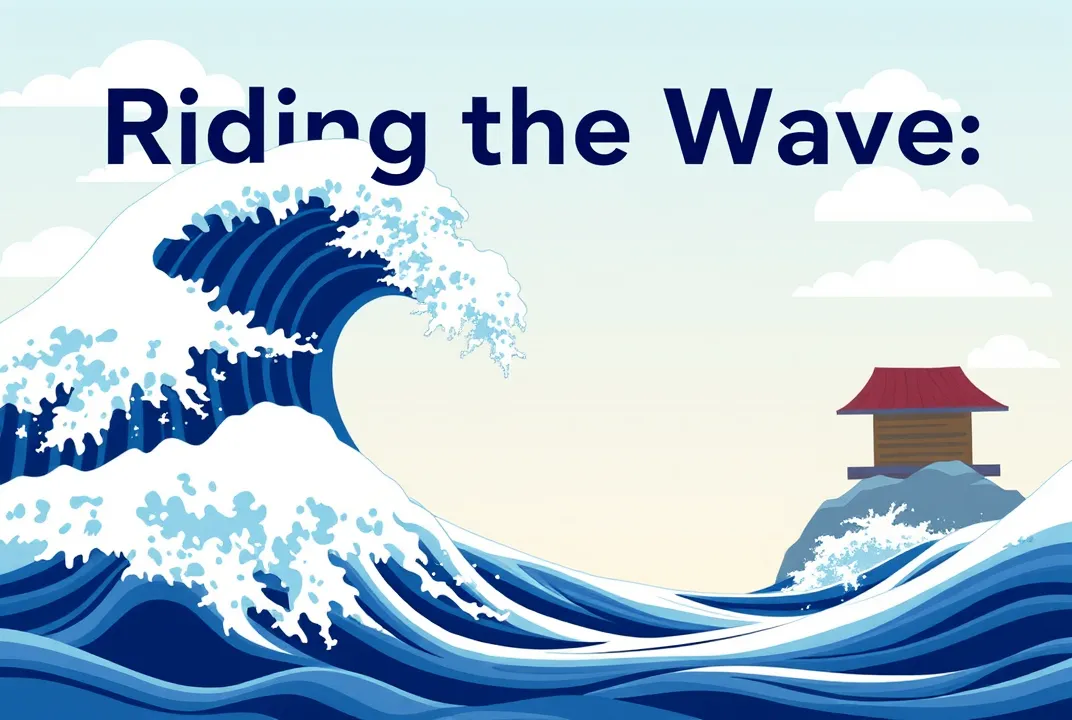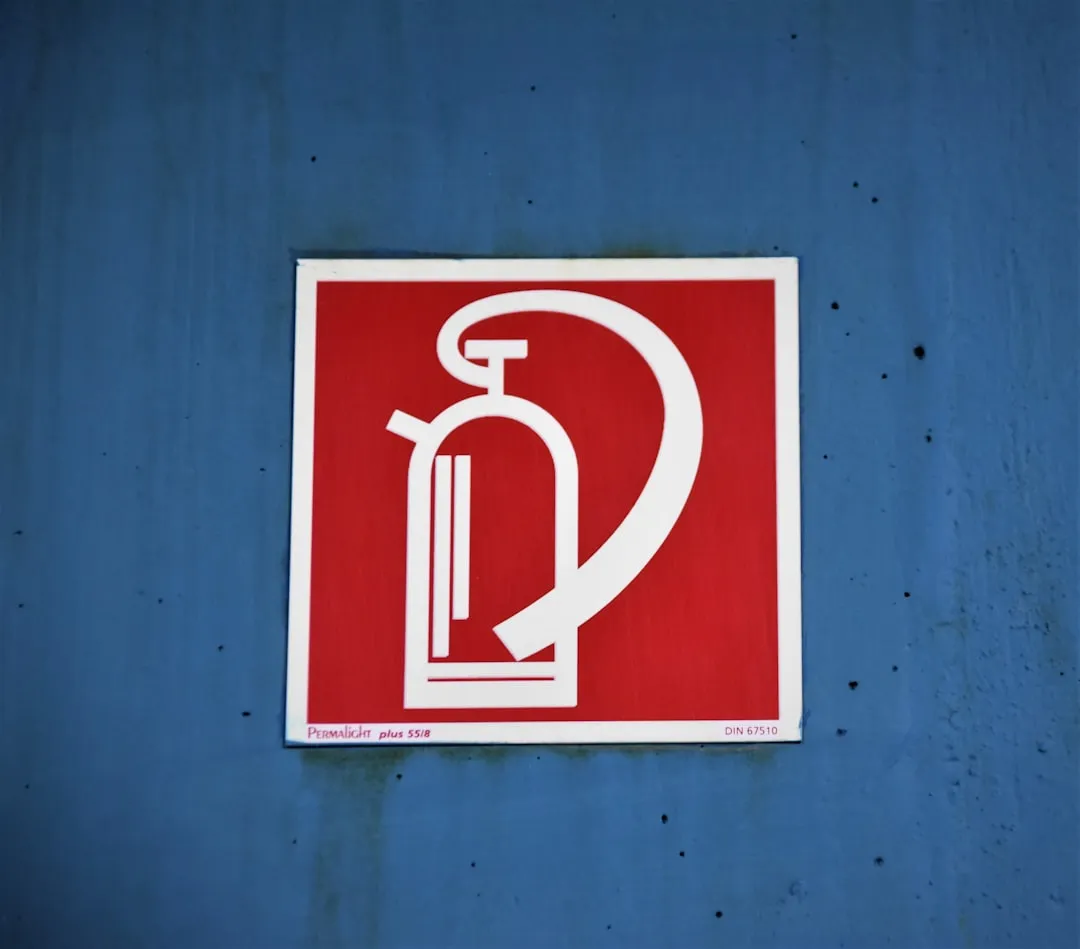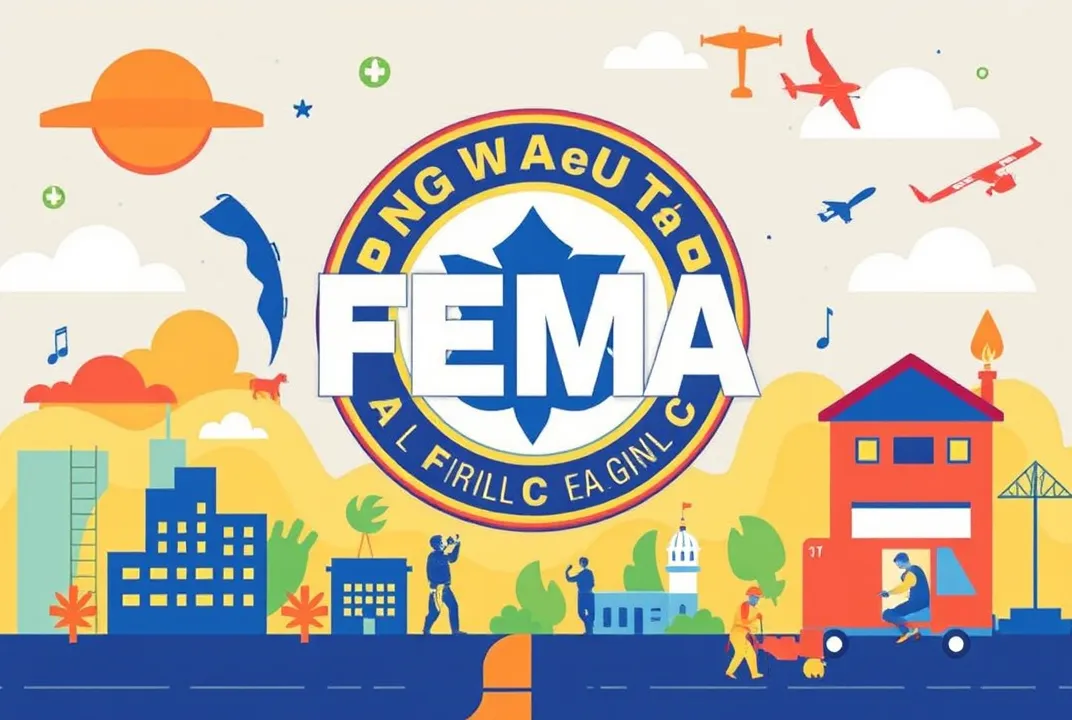Introduction: The Silent Threat Beneath the Waves
Imagine standing on a serene beach, the sun glistening on the water, the gentle lapping of waves soothing your soul. It’s hard to fathom that beneath this calm surface lies an immense, volatile power capable of wreaking unimaginable havoc. Tsunamis, often referred to as tidal waves, are one of nature's most destructive forces, capable of transforming tranquil shores into disaster zones in mere minutes. Understanding their causes and impacts is critical not only for disaster preparedness but also for appreciating the profound forces of nature that continue to shape our world.
Understanding Tsunamis: Causes and Mechanisms
Natural Origins
Tsunamis are primarily caused by underwater disturbances. The most common triggers include:
-
Earthquakes: Approximately 80% of tsunamis are generated by seismic activity, particularly those that occur under the ocean floor. The sudden release of energy from tectonic plates displacing massive volumes of water creates a series of waves that can travel across oceans at jet-speed.
-
Volcanic Eruptions: Volcanic activity can also displace water, generating tsunamis. The eruption of Krakatoa in 1883 serves as a historical example, where the explosion caused significant waves that devastated surrounding coastal areas.
-
Landslides: Both underwater landslides and those that occur on land can generate tsunamis. When a substantial mass of earth falls into the ocean, the displaced water can lead to wave formation.
Secondary Triggers
While the above are primary causes, other events can exacerbate tsunami waves or lead to secondary tsunamis:
-
Glacial Calving: The breaking off of ice chunks from glaciers into the ocean can create waves, although these tend to be localized.
-
Meteorite Impacts: Though rare, the impact of a large meteorite can displace sufficient water to generate a tsunami.
The Journey of a Tsunami Wave
In the Open Ocean
Once generated, tsunami waves travel outward in all directions, often unnoticed by ships and boats due to their long wavelengths—sometimes up to 100 miles apart. In deep water, tsunami waves can travel at speeds of over 500 mph, making them quicker than a commercial jet. Despite their speed, their height in the open ocean is often less than a foot, which is why they go unnoticed.
Approaching Shore
As these waves approach shallow coastal waters, they begin to slow down but increase in height, a phenomenon known as "wave shoaling." The wave energy compresses into a smaller volume, resulting in towering waves that can reach heights of over 100 feet. This transformation is particularly dangerous, as communities often have little time to react.
Historical Impact: Tsunamis that Shook the World
The 2004 Indian Ocean Tsunami
One of the deadliest tsunamis in recorded history occurred on December 26, 2004, when a massive undersea earthquake off the coast of Sumatra triggered a series of waves that struck 14 countries. With waves reaching heights of 100 feet and traveling as far as 3,000 miles, the disaster claimed the lives of over 230,000 people and left millions homeless. The sheer scale of devastation highlighted the need for improved tsunami warning systems and global preparedness.
The 2011 Tōhoku Tsunami
Just seven years after the Indian Ocean tragedy, Japan faced its own catastrophe. The Tōhoku earthquake, registering a magnitude of 9.0, generated a tsunami that struck the coast with unforgiving force. Waves reached heights of up to 133 feet, causing widespread destruction and triggering a nuclear crisis at the Fukushima Daiichi plant. The human and economic toll was staggering, emphasizing the vital importance of early warning systems and community preparedness.
The Significance of Tsunami Preparedness
Early Warning Systems
In the wake of these disasters, countries around the world have invested in advanced tsunami detection and early warning systems. The Pacific Tsunami Warning Center (PTWC) and other organizations now utilize seismic data, ocean buoys, and satellite technology to monitor seismic activity and predict tsunami generation. Timely alerts can be the difference between life and death, allowing vulnerable communities to evacuate to higher ground.
Community Education and Drills
In addition to technology, grassroots education is essential in tsunami-prone areas. Community drills, educational programs, and clear evacuation routes can significantly reduce casualties. Teaching communities how to recognize natural tsunami warnings, such as rapid sea-level drop or a violent earthquake, can empower individuals to act swiftly.
Building Resilient Infrastructure
Resilience against natural disasters also involves constructing buildings and infrastructure that can withstand tsunami forces. Coastal towns are increasingly adopting zoning laws that minimize the risk of construction in high-risk areas, while implementing landscape engineering solutions to buffer against wave impacts.
The Emotional and Economic Toll
Human Loss and Recovery
Tsunamis leave behind not just physical destruction but profound emotional scars. Families are torn apart, and communities face the long road to recovery, grappling with grief and loss. Survivors often require mental health support to navigate the trauma inflicted by such catastrophic events.
Economic Impact
The economic repercussions of tsunamis can be devastating. Infrastructure damage, loss of livelihoods, and the cost of rebuilding can cripple local economies for years. For instance, after the 2011 Tōhoku tsunami, Japan faced an estimated economic loss of $360 billion, impacting global supply chains and markets substantially.
Conclusion: Riding the Wave of Knowledge
As we stand at the edge of our oceans, it’s vital to remember that the vast, beautiful waters we admire can also harbor immense destructive potential. Tsunamis remind us of nature’s power and unpredictability, but they also challenge us to enhance our preparedness. By understanding their causes and impacts, investing in technology, and fostering community resilience, we create a stronger front against these formidable waves. The journey continues as we learn, adapt, and strive to mitigate the risks posed by these natural disasters, ensuring that while we may ride the waves, we are not swept away by them.


 Understanding Earthquakes: Causes, Effects, and Safety Tips
Understanding Earthquakes: Causes, Effects, and Safety Tips
 Whirling Wonders: How Tornadoes Form and the Science Behind Their Mighty Power
Whirling Wonders: How Tornadoes Form and the Science Behind Their Mighty Power
 Decoding FEMA: How Emergency Preparedness is Revolutionizing Community Resilience
Decoding FEMA: How Emergency Preparedness is Revolutionizing Community Resilience